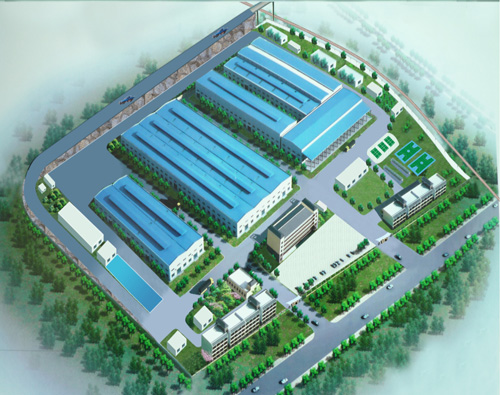The content and focus of feasibility studies of various investment projects vary greatly due to the characteristics of the industry,
However, the Lanzhou feasibility study report should generally include the following contents: 1. On the demonstration of investment necessity, the first is to do a good job in the analysis of the investment environment, and conduct a comprehensive analysis and demonstration of the various elements that constitute the investment environment; Second, do a good job in market research, including market supply and demand forecasting, competitiveness analysis, price analysis, market segmentation, positioning and marketing strategy demonstration. 2. The technical feasibility is mainly from the technical point of view of project implementation to reasonably design, compare, select and evaluate the technical scheme. The research content and depth of technical feasibility of different projects in different industries vary greatly. For industrial projects, the technical demonstration of feasibility study should reach the depth that can clearly put forward the equipment list; For various non industrial projects, the demonstration of the technical scheme should also reach the depth of the preliminary design of the engineering scheme, so as to conform to international practices.

3. Organize the feasibility to develop a reasonable project implementation schedule, design a reasonable organization, select experienced management personnel, establish a good cooperation relationship, and develop appropriate training plans to ensure the smooth implementation of the project.
4. Risk factors and countermeasures mainly evaluate the market risk, technical risk, financial risk, organizational risk, legal risk, economic and social risk and other risk factors of the project, and formulate countermeasures to avoid risks, so as to provide basis for risk management throughout the project. The contents of the general project feasibility study should have a special chapter to discuss the investment necessity, technical feasibility, financial feasibility, organizational feasibility and risk analysis. For industrial projects, multiple chapters should be set up to study the technical feasibility of raw material supply scheme, plant site selection, process scheme, equipment selection, civil engineering, general layout, auxiliary engineering, safety production, energy saving measures and other aspects. For non industrial projects, attention should be paid to the economic and social evaluation of the project, focusing on the sustainability of the project and the economic, social and environmental impact.









